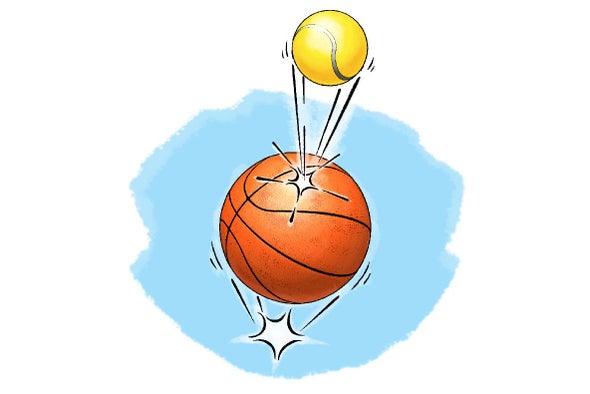 |
| May 20, 2022 |
 |
| |
| |
| |
| |
| |
| Medicine A Deluge of New Drugs for COVID Two years into the pandemic, the COVID-19 drugs pipeline is primed to pump out novel treatments—and fresh uses for familiar therapies. | | By Heidi Ledford,Nature magazine | | | |
| |
| |
| |
| |
| Medicine Mars Mission Could Bring Health Benefits on Earth Flying to space takes its toll on the human body, and this has spurred new research on radiation and microgravity, as well as advances in remote medicine and telehealth, all of which have potential benefits for people on Earth | | By Marion Renault,Nature Medicine | | | |
| |
FROM THE STORE
 | | | |
BRING SCIENCE HOME
 | | Energetic 2-Ball Bounces |  Blast off! Harness the energy of two balls bouncing at once to send one flying in this simple physics activity. Credit: George Retseck | How many ball sports can you name? How many of those have several balls at once in the game? Almost none, right? Games that do use several balls at a time most likely use balls of the same mass, volume and material. Would having two balls of different masses make a game very difficult? In this activity you will explore what might happen if you were to add a tennis ball to a basketball game or a tiny ping-pong ball to a tennis game or any other combination. Ready to be surprised? Try it out! | |  | |
LATEST ISSUES
 |
| |
| Questions? Comments?  | |
| Download the Scientific American App |
| |
| |



